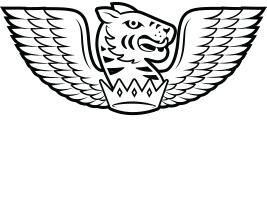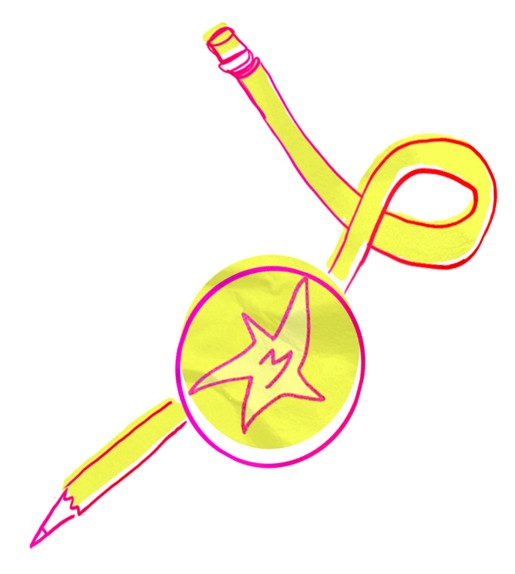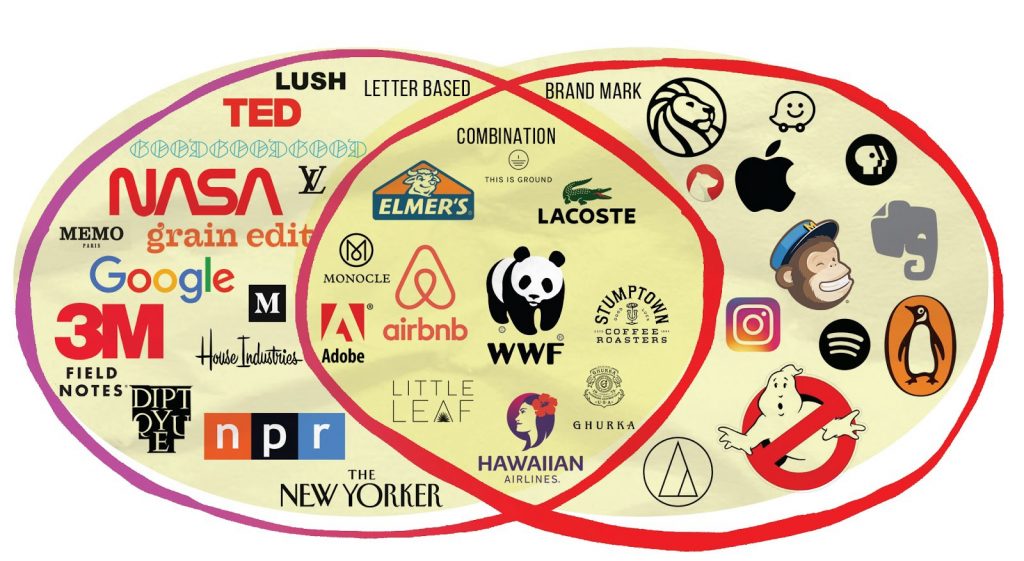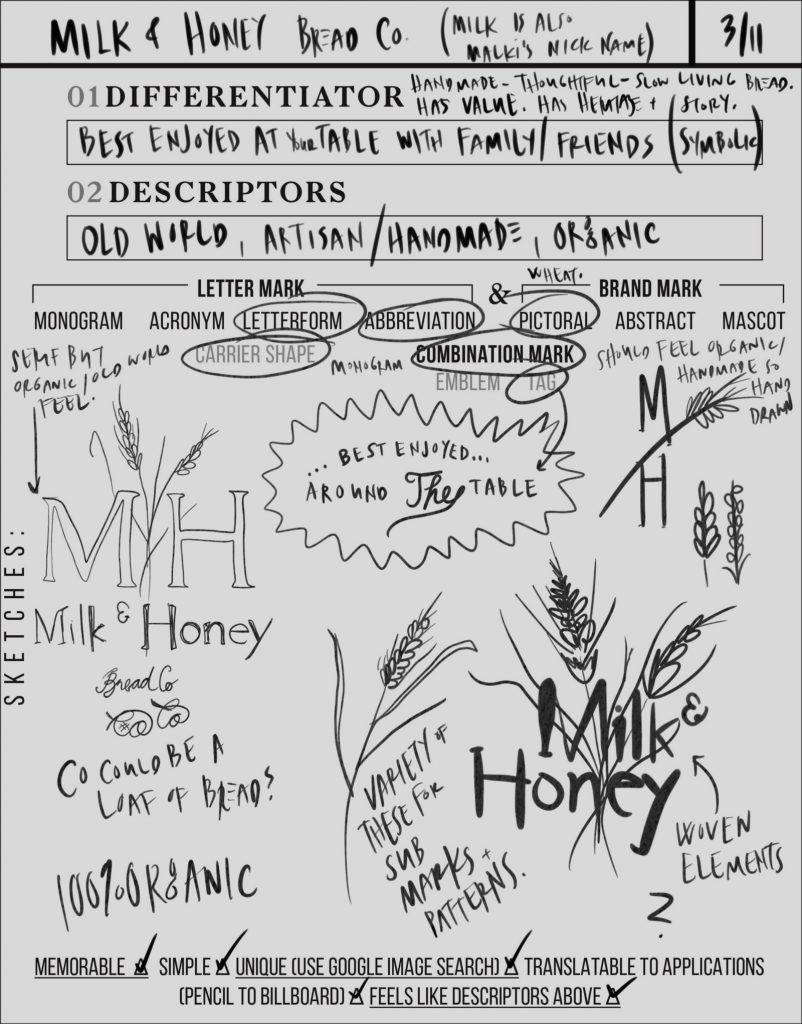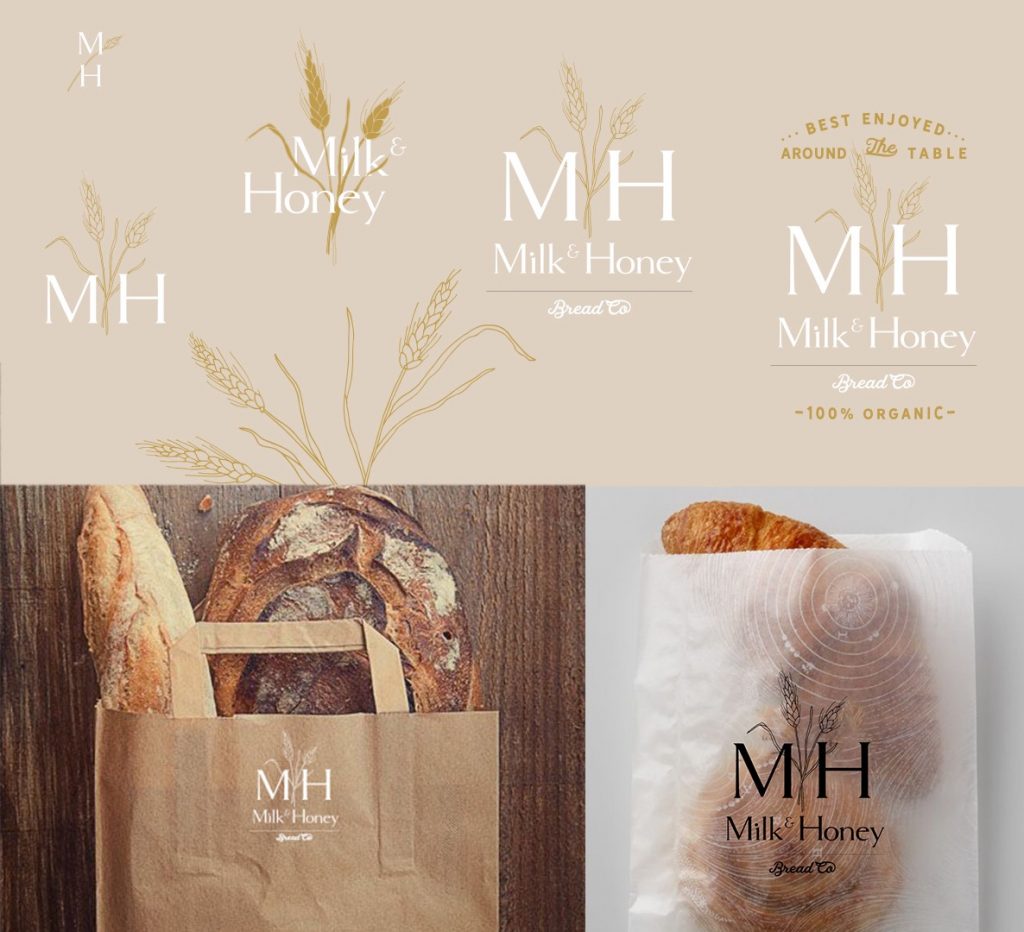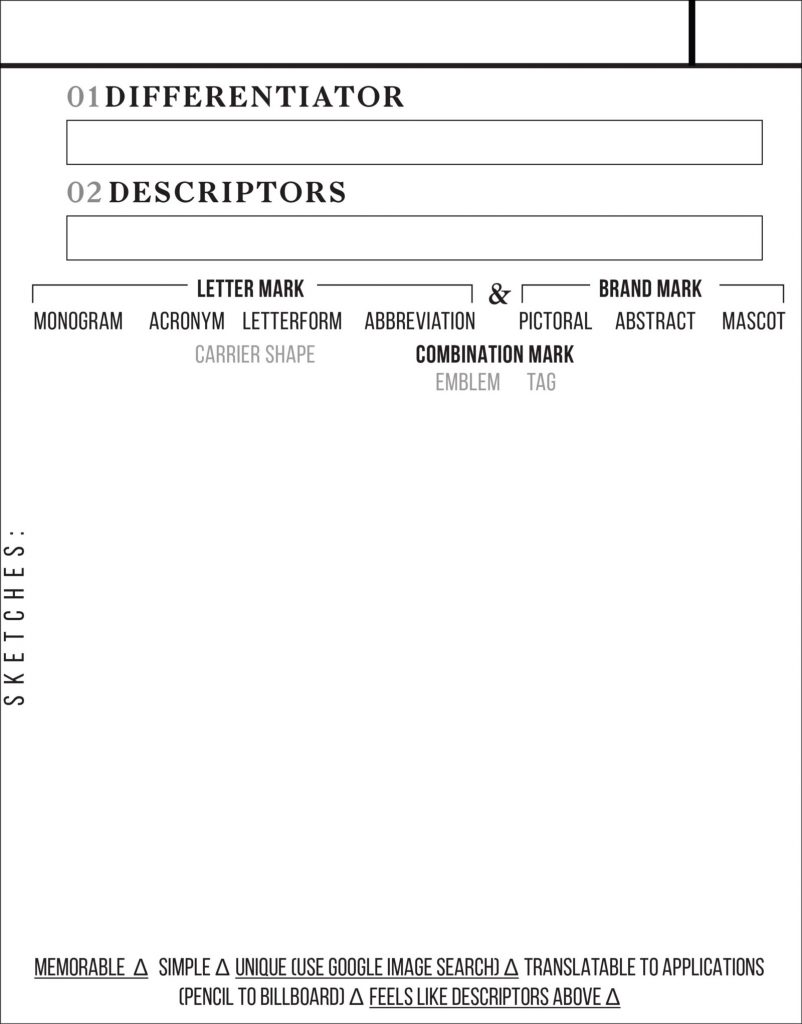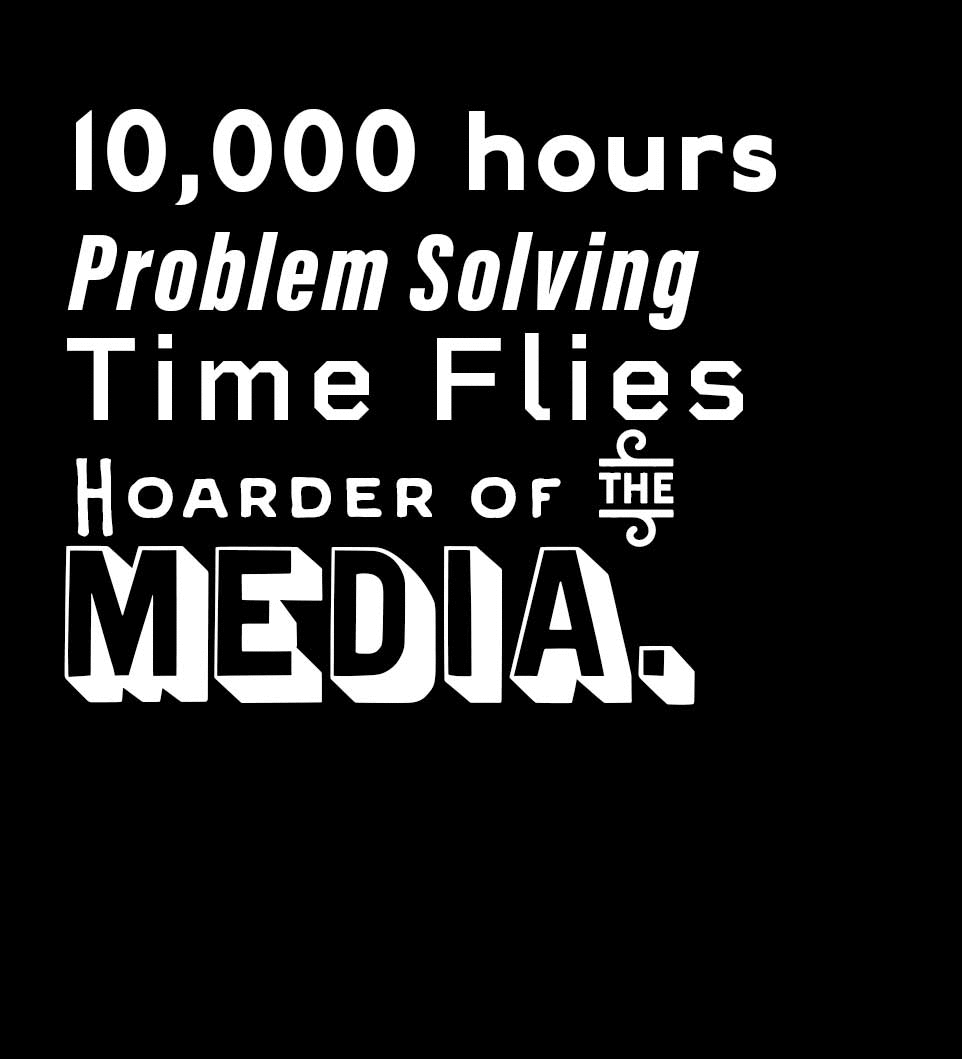The term “branding” comes from an Old Norse word “brandr” or “to burn”, actually meaning “to mark by fire”. It’s in reference of the practice of branding livestock/ “mark permanently with a hot iron.”
Below is my logo design method. I don’t believe many designers talk about their methodology too openly. It’s probably because method is something that takes years of experience to put together.
I once had a college professor tell me “I will tell you some design things, but not all design things- because I could be pitching design against you one day”. It never set well with me. Not so much that he was withholding information (even though I was paying a premium for his class), it was his fear I disliked. I think that knowledge is powerful and can be built upon and should be shared openly with dialogue. So I am going to share my Brandr Method, and I’m not going to ask for money or your email in exchange for it.
I formulated the Brandr Method on the back of a design degree, loads of client work, working at many agencies, reading many books and articles on logo/ brand design, watching loads of videos, going to conferences, as well as talking to other designers, and leading other designers in their process. All of these contributed to the creation of the Brandr Method.
